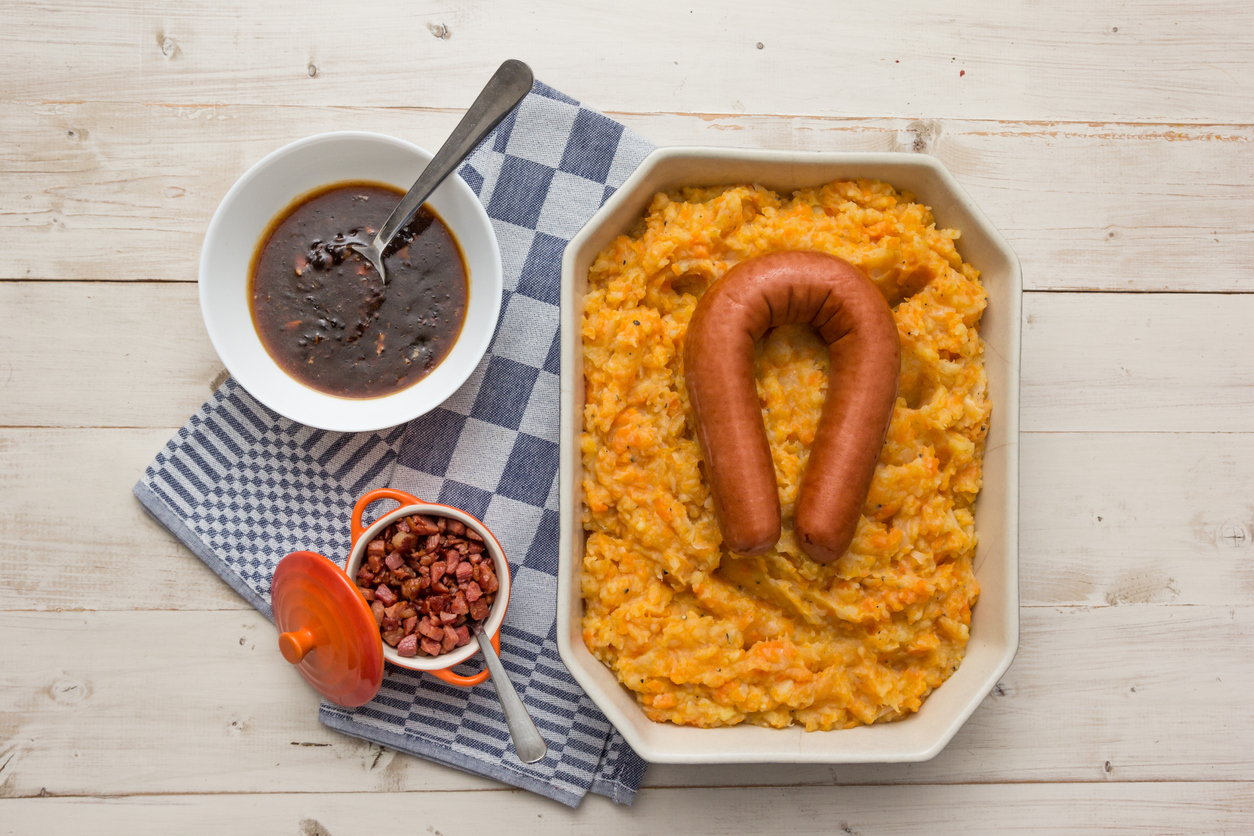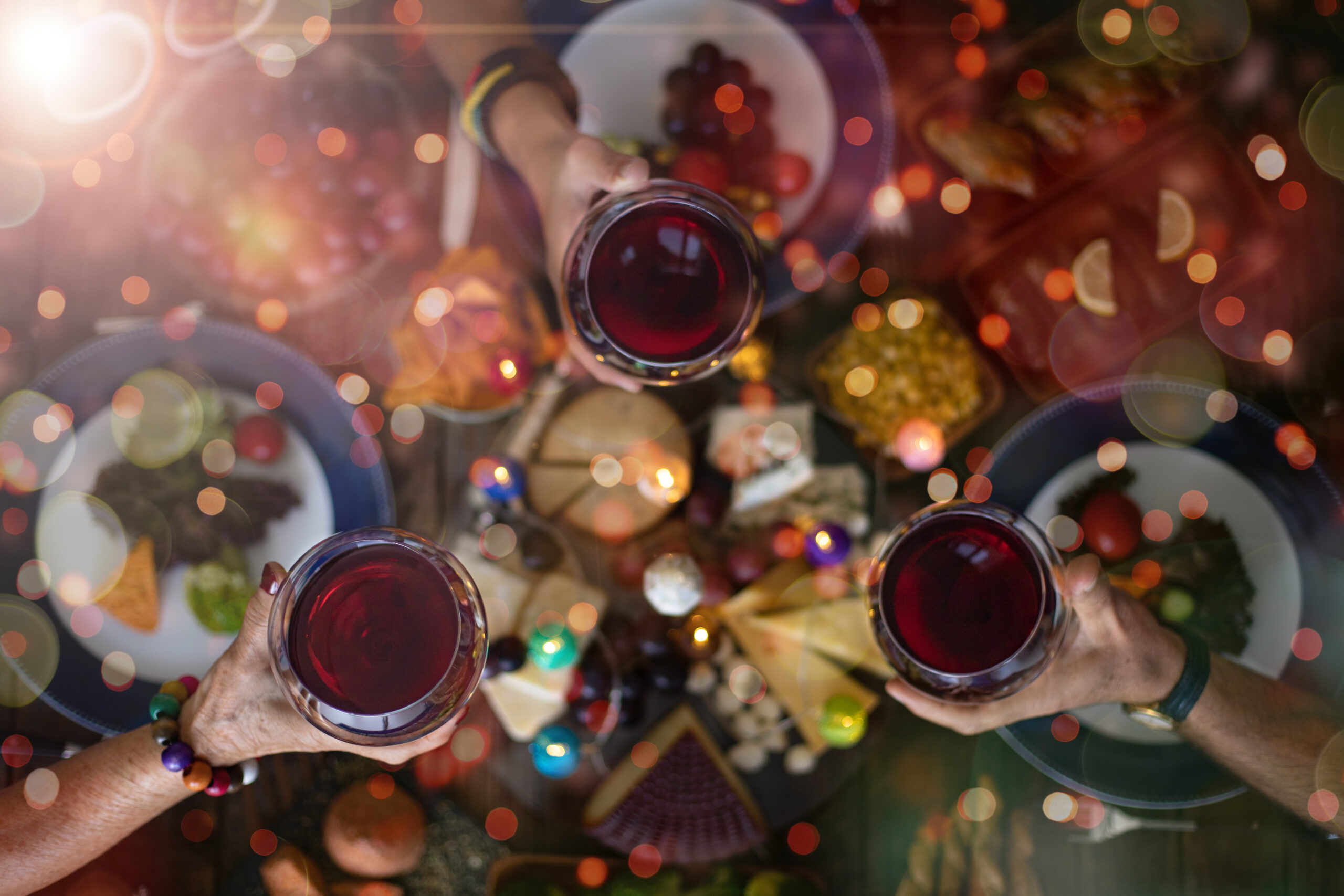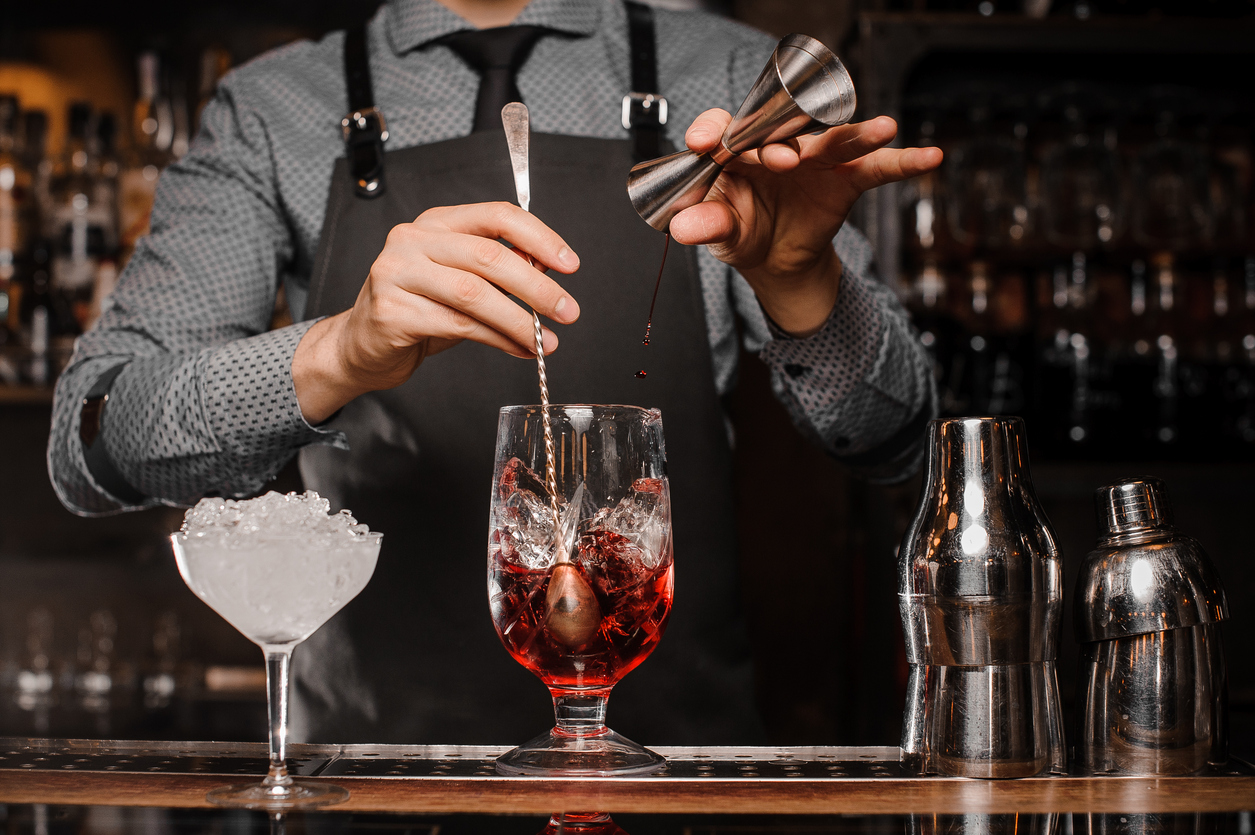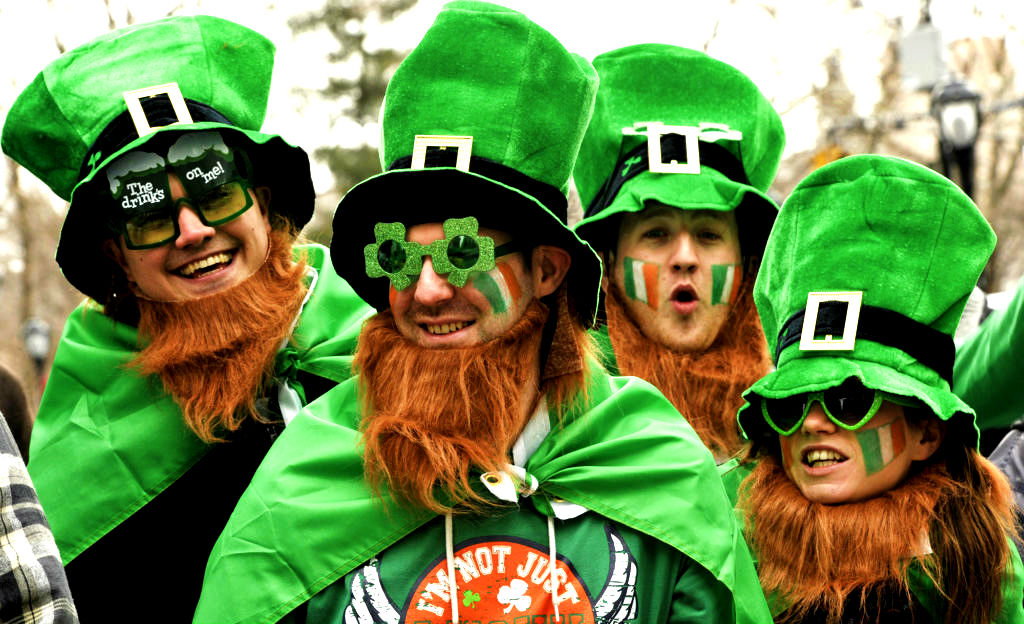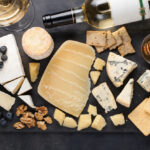The Dutch cuisine explained
Amsterdam boasts many nationalities and, therefore, you will also encounter cuisines from all over the world. Whether you like Indonesian, Chinese, Japanese, Thai, Surinam, French, Italian or any other international food, you’ll find it in Amsterdam.
But what if you fancy a traditional Dutch meal? Then, you must certainly try Dutch ‘erwtensoep’ (pea soup) with smoked sausage, herring with raw onions or pickled herring. Try it on a roll or tilt your head back and let it slide down your throat. Fish has been a mainstay of the Dutch diet for many generations. Try halibut, cod or haddock, all caught in the North Sea off the Dutch coast. There are plenty of fish stalls throughout the city where you can buy and enjoy this typical Dutch delicacy.
The ultimate Dutch winter food is, of course, ‘stamppot’ (hodgepodge). It is very easy to prepare. ‘Stamppot’ consists of mashed potatoes mixed with either raw or cooked vegetables and (usually) some form of meat. There are several variations — the most common are chicory, ‘hutspot’ (with carrots and onions), sauerkraut, and kale.
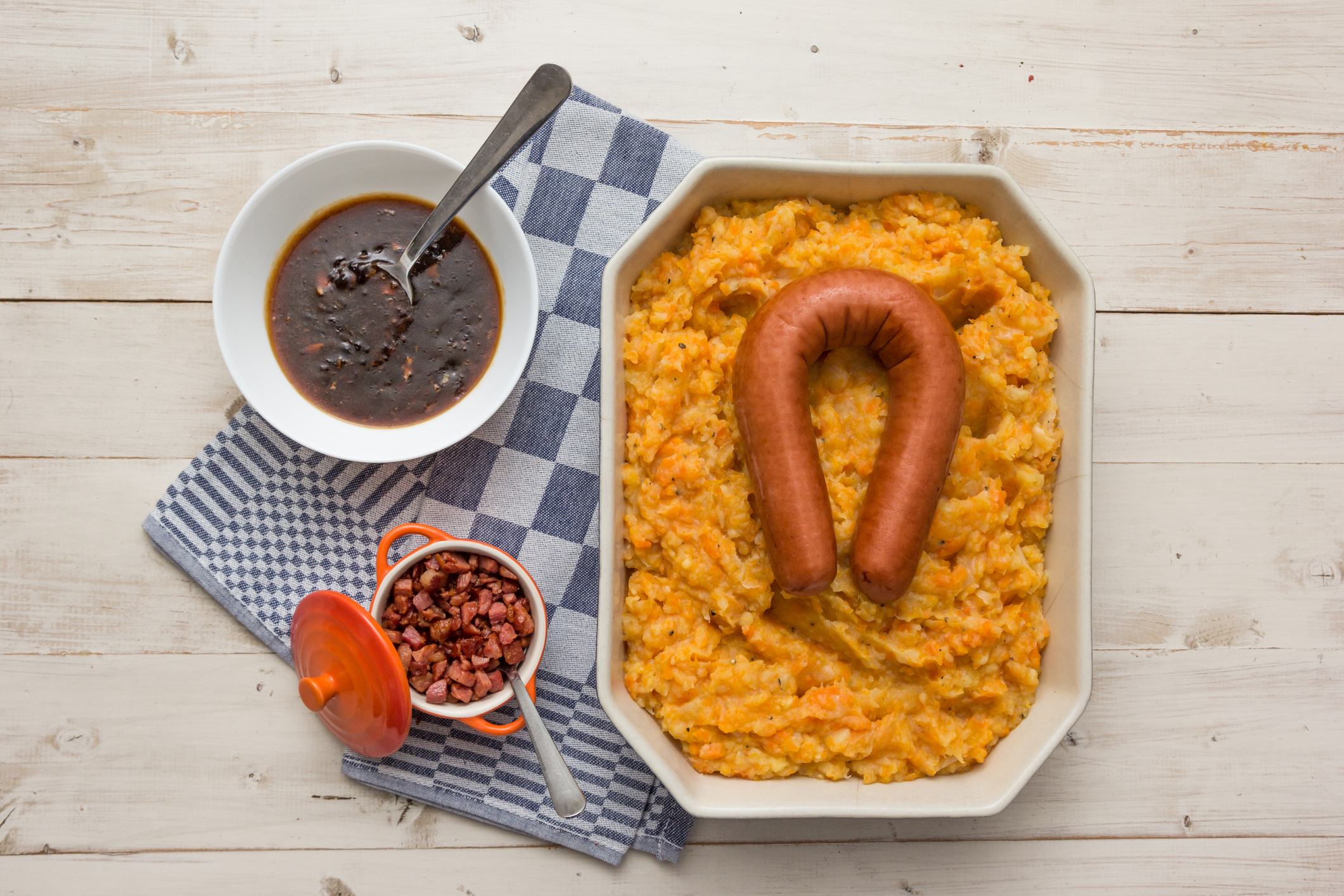
Dutch Stew
Do you have a sweet tooth? Try ‘poffertjes’, tiny puffy pancakes with loads and loads of powdered sugar and butter on top. If you are in the Netherlands around Christmas time, you should definitely try ‘oliebollen’ (doughnut-like balls with raisins, filled or plain), traditionally eaten on New Year’s Eve.
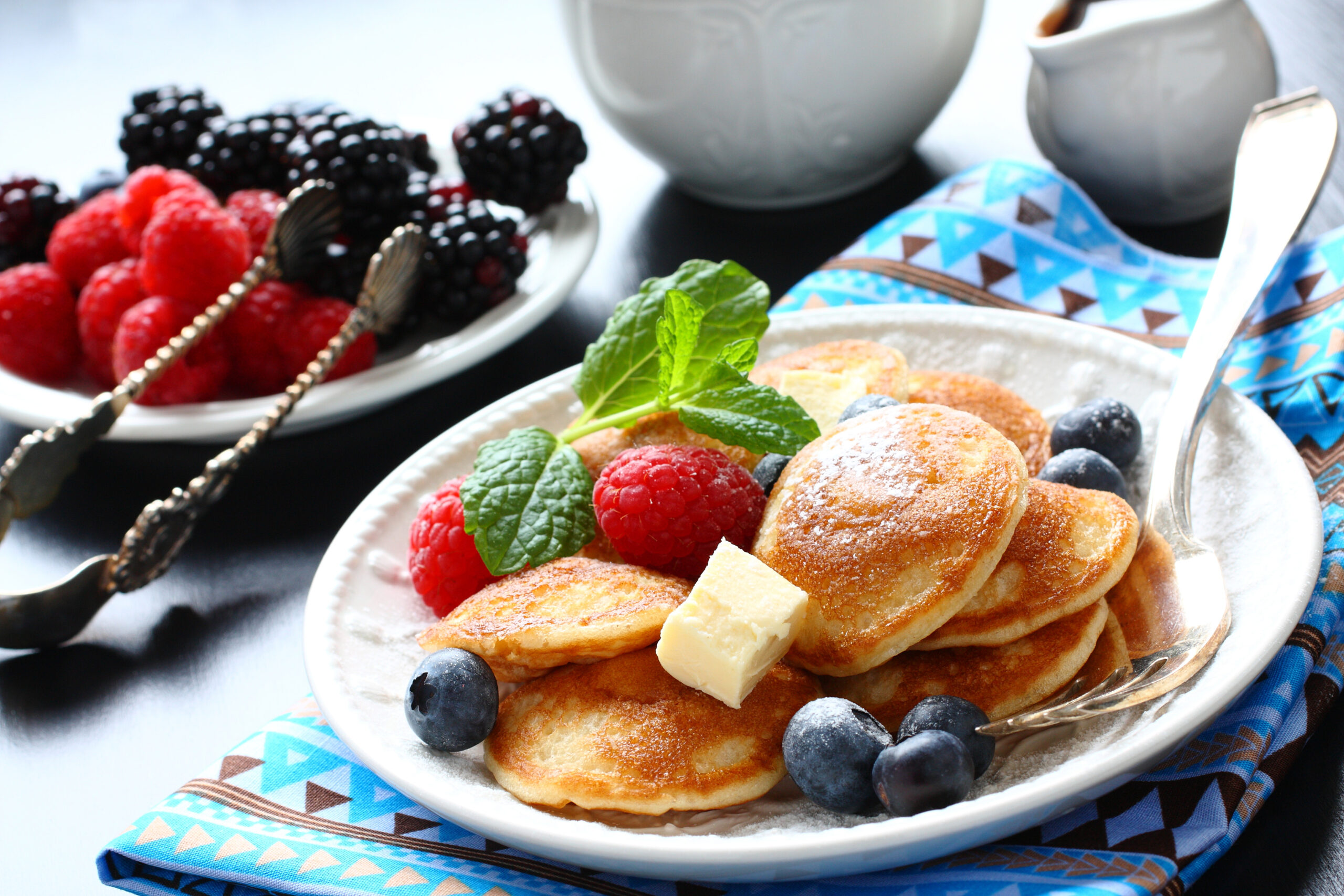
Small pancakes called poffertjes with berries
Are you a snack person? You’ve come to the right town! Dutch people love to snack, and there are many places to get international and more traditional snacks, like croquettes and ‘bitterballen’ (mini round croquettes with various fillings). Go to the ‘FEBO’ (address: Leidsestraat 94/ Google Maps) and try everything they offer in the self-serve snack wall.
The Dutch arrived in Indonesia in the 16th century in search of cloves, nutmeg and pepper during the height of the spice trade. When the Dutch East India Company (VOC) went bankrupt in 1800, Indonesia became a treasured Dutch colony. During this period, the Dutch embraced the delicious Indonesian cuisine both at home and abroad. Try the ‘rice table’, a selection of 12 or more meat, seafood and vegetable dishes served with rice. Indonesian restaurants are also a good place to find non-meat dishes. There are numerous Indonesian restaurants throughout Amsterdam.
The Netherlands is well known for its cheese. Cheese is eaten at breakfast or lunch. Several types of Dutch cheese are internationally famous. We have young, matured and well-aged cheese and hundreds of varieties in between. If you visit the markets in Amsterdam, you will find many cheese stalls, but there are also lots of cheese stores throughout the city.
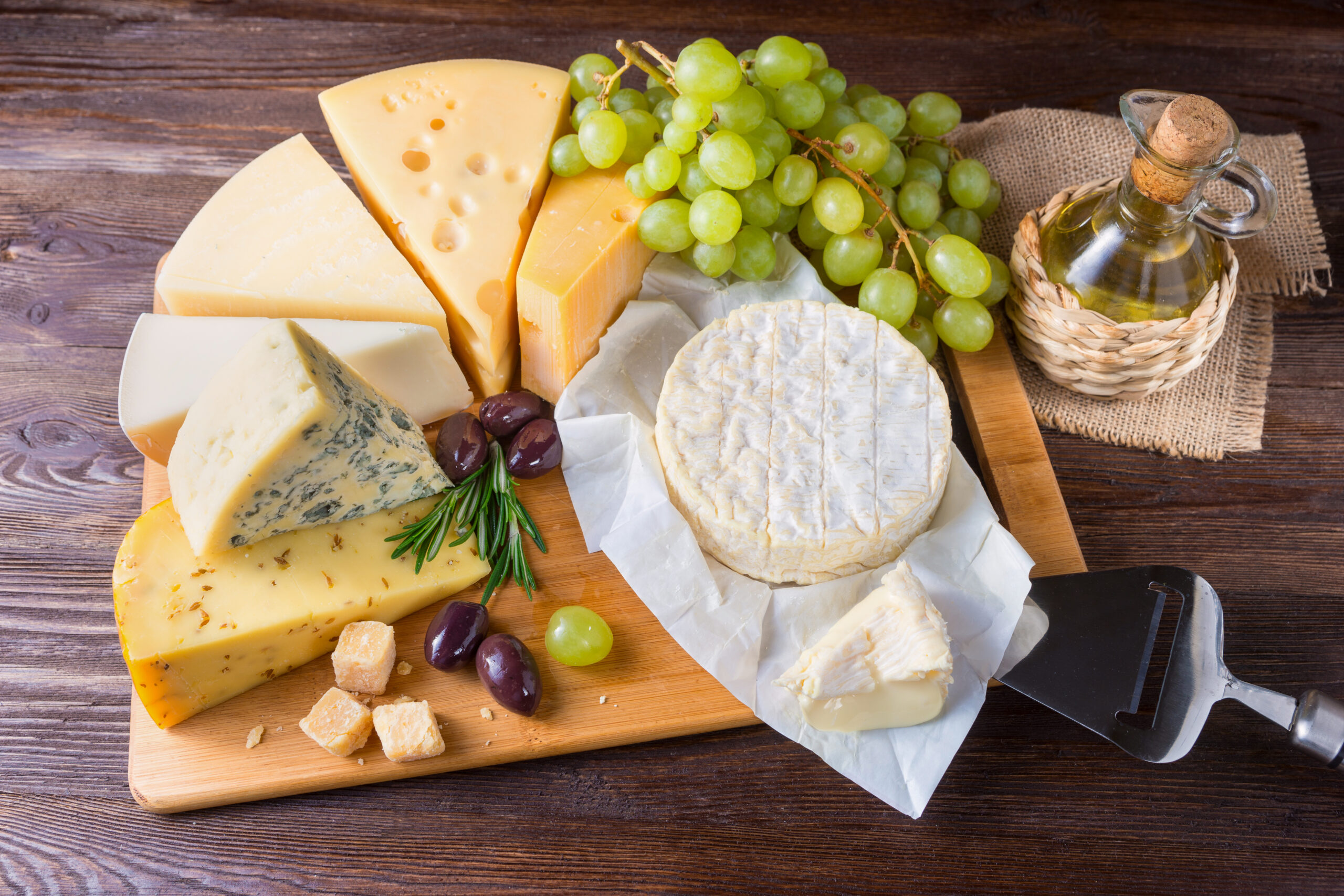
Dutch Cheese
Drinking
Traditional Dutch bars historically focused on two products: beer and genever. The Dutch certainly love beer. The world-famous Heineken beer is served in every café, as is Amstel Beer, brewed at the same brewery. In summer, try witbier, a pale beer served with a slice of lemon. There are many varieties of genever to sample.
You must be at least 18 years of age (since 1 January 2014) to buy and/or drink alcohol. Besides beer and genever, most bars also serve wine, hard liquor, coffee, tea and soft drinks.

